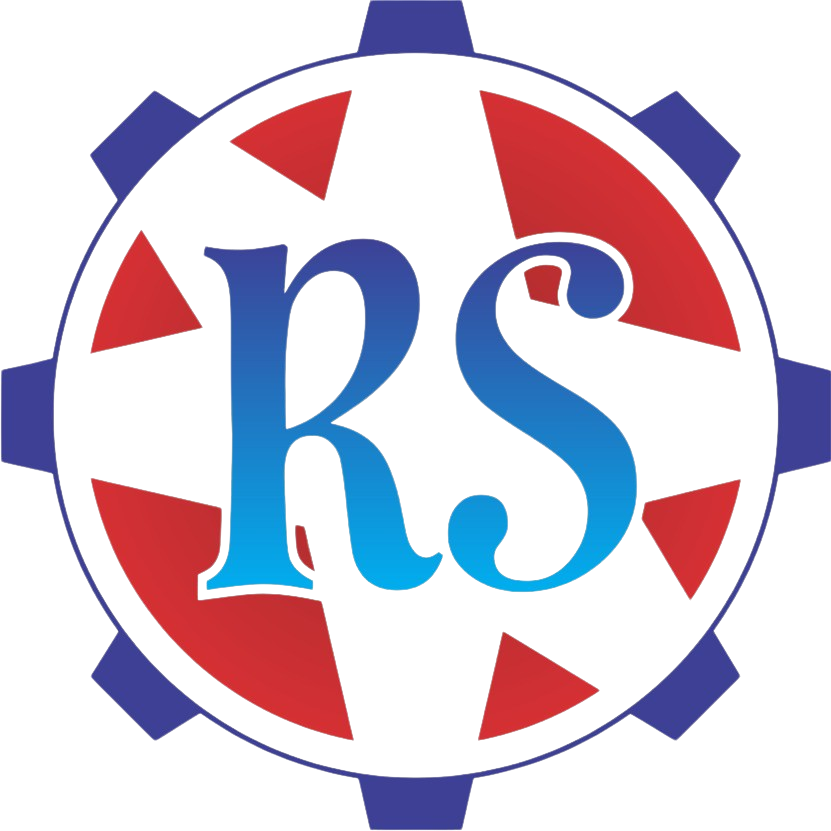Here’s a comprehensive guide on heavy structure fabrication for an RS Engineer, encompassing key considerations, design factors, and the importance of partnering with the right fabricator:
Understanding Heavy Structural Fabrication
- Heavy structural fabrication involves the production of large, load-bearing steel structures used in industries such as:
- Construction (bridges, buildings, towers)
- Energy (power plants, oil & gas facilities)
- Manufacturing (machinery bases, support structures)
- Infrastructure (harbors, dams)
Key Considerations for an RS Engineer
- Design & Engineering:
- Materials: High-strength steel grades, considering yield strength, weldability, and toughness for demanding applications.
- Loads & Stresses: Detailed structural analysis to calculate live loads, dead loads, wind loads, seismic loads, fatigue, and stress concentrations.
- Connections: Bolted vs. welded connections (consider on-site assembly), joint design, and ensuring load transfer.
- Design Codes: Strict adherence to applicable codes (AISC, AWS, ASME, or regional equivalents)
- Fabrication Expertise
- Cutting & Shaping: Heavy plate handling, plasma cutting, beam cutting, high-accuracy tolerances.
- Welding: Certified welders with expertise in thick material welding procedures and techniques (SMAW, FCAW, GMAW, etc.)
- Quality Assurance: NDT (non-destructive testing), dimensional inspections, weld quality controls throughout the process.
- Surface Preparation & Coatings: Blasting, painting, or galvanization for corrosion resistance and longevity.
- Fabrication Capacity and Capabilities
- Facility Size: Can the fabricator handle the scale and volume of your components?
- Equipment: Overhead cranes for heavy lifting, specialized plate bending/rolling machines, large-scale welding setups.
- Logistics: Ability to transport oversized components to your site.
- Project Management:
- Experience: Does the fabricator have a track record in similar heavy structural projects?
- Communication: Regular progress updates, proactive issue resolution, change management processes.
- Timelines: Capability to meet your project deadlines while maintaining quality standards.
Best Practices
- Collaborate Early: Engage the fabricator during the design stage for input on manufacturability and potential cost optimizations.
- Rigorous Specifications: Clearly define your material requirements, welding procedures, tolerances, and quality criteria.
- Shop Inspections: Schedule visits during critical fabrication stages for quality verification.
- Documentation: Maintain thorough records of inspections, testing reports, and any deviations.
Finding the Right Heavy Structure Fabricator
- Reputation: Look for fabricators with a proven history of delivering successful projects in your industry.
- Certifications: ISO 9001, AISC certifications demonstrate quality management and adherence to standards.
- Capacity: Ensure they have the physical space, equipment, and manpower to handle your project’s scale.
- References: Obtain references from past clients to gauge performance.
Where Heavy Structure Fabrication Excels:
- Strength & Durability: Essential for infrastructure and large load-bearing applications where failure is not an option.
- Customization: Engineered structures tailored for specific functional and environmental requirements.
- Faster Erection Times: Compared to on-site casting and traditional fabrication techniques, allowing projects to meet tighter deadlines.
I’m ready to assist further if you’d like to discuss:
- Specific structural components or applications you have in mind
- Help in identifying potential heavy structure fabricators in your region
- Design optimization tips for heavy structure fabrication
